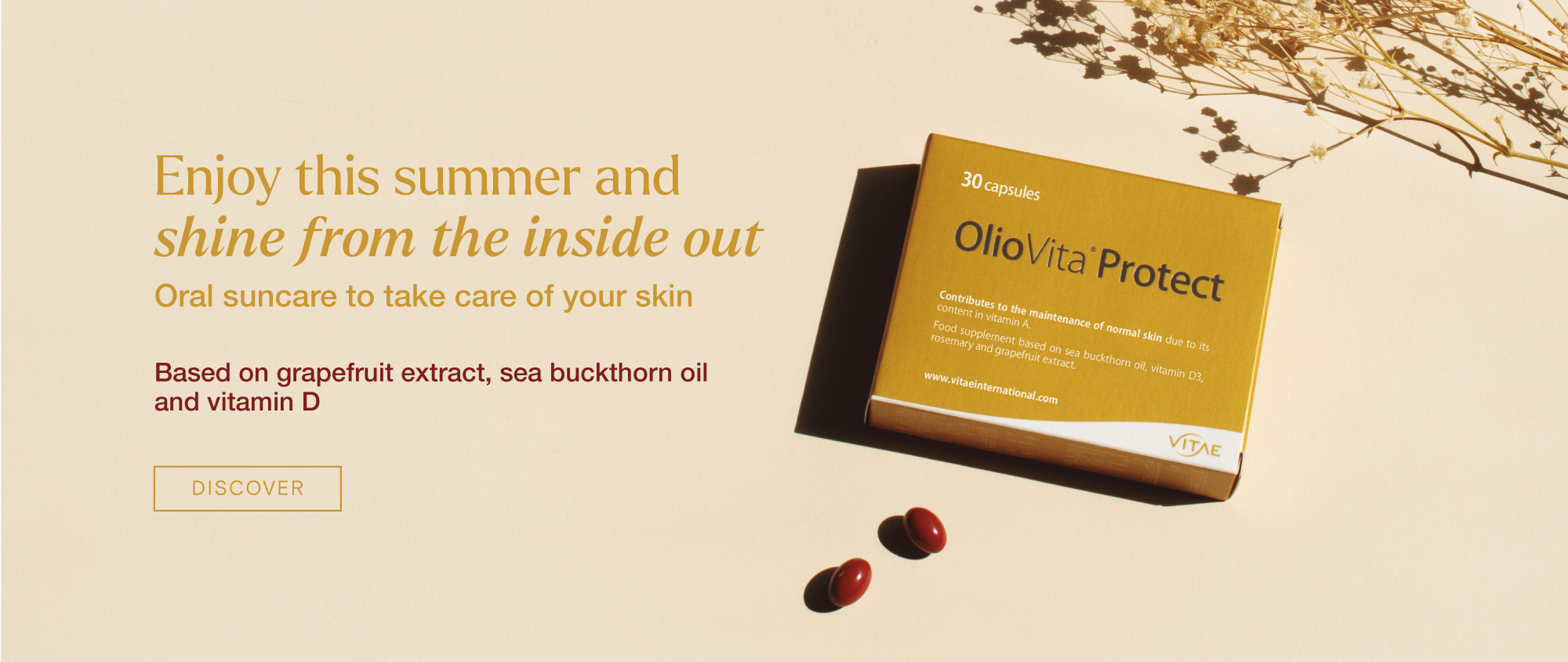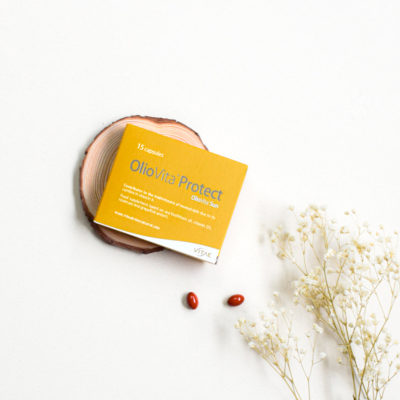We lead such a stressful and active life that we often forget to take care of our largest organ in our body, the skin. With sun exposure, sun allergy can appear. We have been taught that taking care of it is to look younger and beautiful, but the reality is that it is mainly for our health.
The skin protects us from external factors that can harm our health, such as cold, heat, bacteria, sun rays… We have to take care of it so that it continues to perform all its functions correctly. Furthermore, the state of our skin is the great reflection of our external and internal health.
Symptoms of sun allergy
Sun allergy is a skin reaction that appears with sun exposure. There are different symptoms to identify a sun allergy:
- Itching.
- Pain.
- Redness of the skin.
- Small lumps that end up fusing and forming raised spots
- Other symptoms may also appear, but less common:
-
- Headache
- Nausea
- Shaking chills
-
Most common sun allergies
- Polymorphic light eruption (PLE): it is a type of sun allergy that tends to affect women since it is related to hormonal factors. It manifests itself with small bumps and welts that appear a few hours after being exposed to the sun. They appear mainly on the face and neckline, although they can also appear on the back of the arms and feet.
- Solar urticaria: it is less common than the previous one and larger lumps appear, similar to those of an insect bite. This type of allergy affects both women and men and does not affect any specific part of the body. Its appearance is a few minutes after sunbathing.
- Actinic prurigo: this type of allergy appears with thickening of the skin and appears especially in older people.
Prevention against sun allergies
Avoid sun exposure between 10 a.m. and 4 p.m.
During this period is when sun’s rays are strongest, therefore, try to do activities that are away from exposure during these hours. If you can’t, try to limit the time you are exposed to the sun.
Avoid sudden exposure to too much sunlight
When special times like summer arrive, we all want to sunbathe and do outdoor activities. We need to remember that our body and our skin have to adapt little by little to the sun’s rays.
Wear protective clothing
Protect yourself with protective clothing against the sun’s rays such as sunglasses, hats, caps, and long-sleeved clothing. Avoiding clothing with thin fabrics or open weave, as UV rays can pass through them.
Apply sunscreen
Using high-end, waterproof sunscreen is a good option to prevent sun allergy. Our skin must be protected and better with a sunscreen of at least 30 SPF, even on cloudy days. Apply it abundantly, and repeat every two hours or even more frequently if you swim or sweat.
Vitae solution
At Vitae we care about your health, that is why we present the following food supplement: OlioVita ® Protect is an oral sunscreen that cares for and protects the skin, preventing sun allergy, thanks to its unique combination of natural ingredients. It is formulated with exclusive 100% natural extracts, sea buckthorn oil, grapefruit and rosemary extract and vitamin D, with moisturizing and antioxidant properties.
As we have mentioned, these ingredients contain moisturizing and antioxidant properties, which act by nourishing, protecting and repairing the skin from the harmful effects of the sun’s rays, without blocking the skin’s natural tan.







